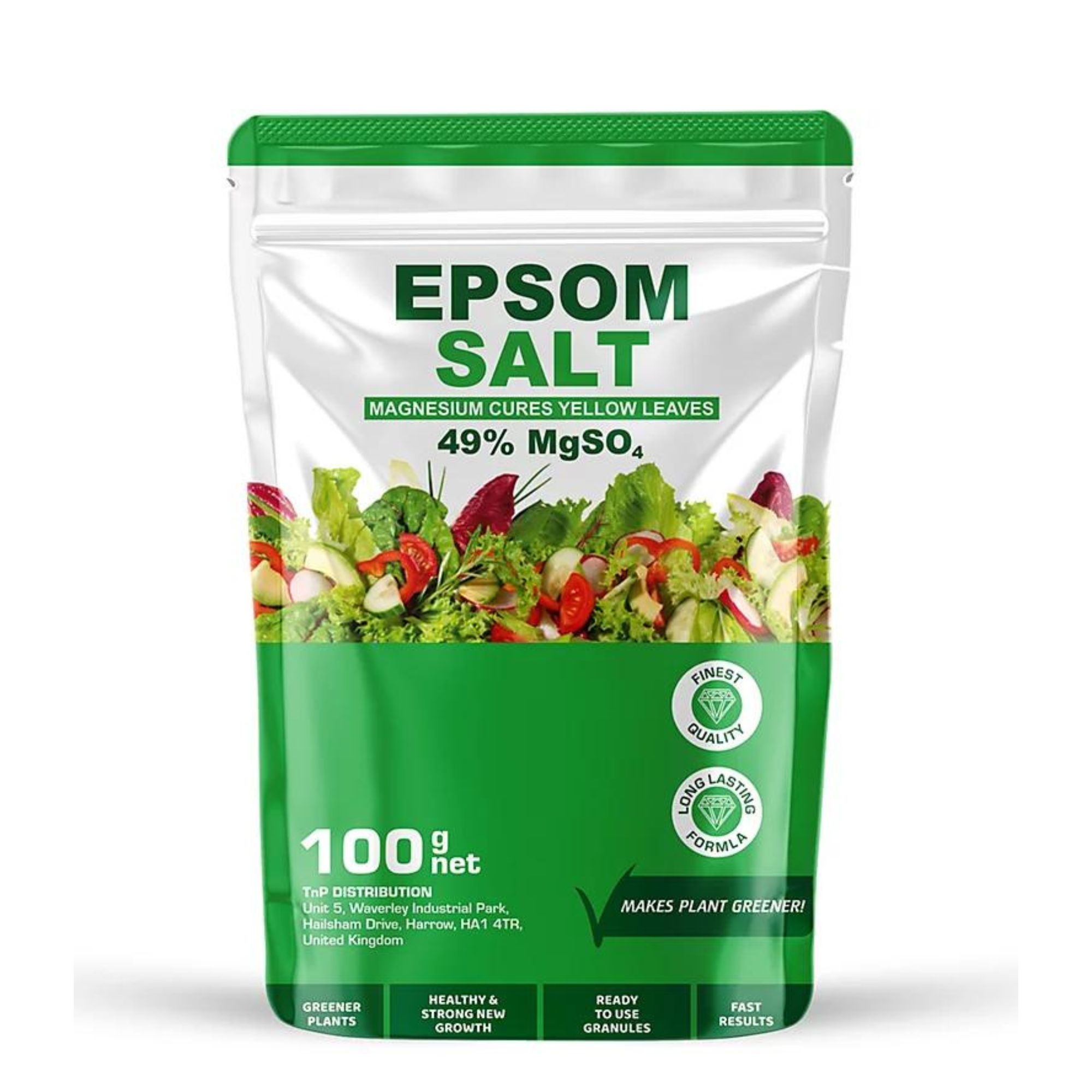How to use Epsom salt for plants - and why this cupboard essential could be the secret to happy and healthy plants
Just make sure you use it on the right plants
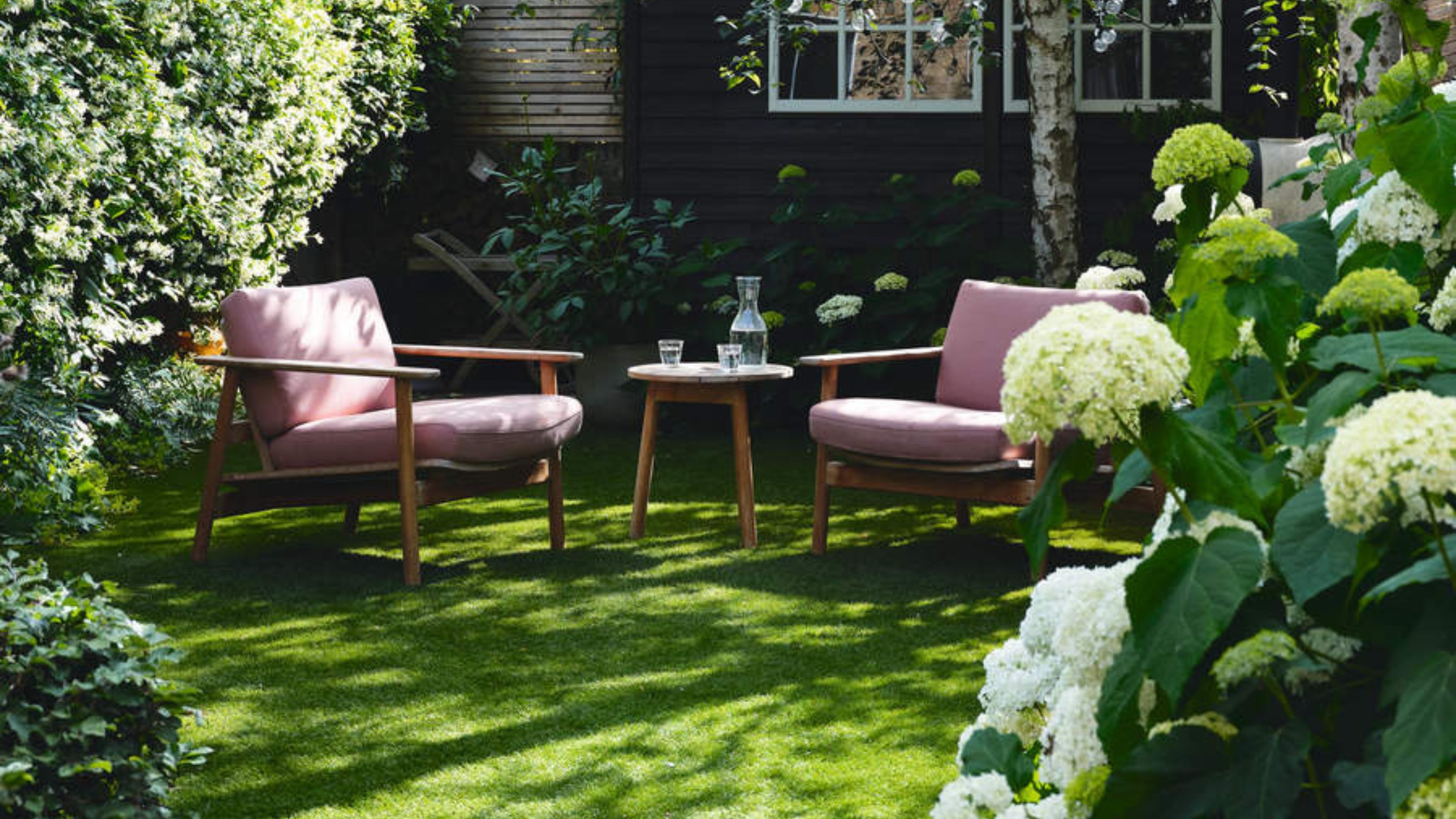

When you think of Epsom salt, you probably think of muscle-relaxing baths and migraine relief. But while you might store this cupboard essential in your bathroom, it turns out that you should buy a box for your shed, too - as there are so many ways to use Epsom salt for plants.
The best garden ideas are filled with happy and healthy plants, no matter whether you opt for a container garden or pack out your garden borders with flowers. And while you could buy plant-specific fertilisers to give them the boost they need to flourish, there are so many natural plant fertilisers you can use instead. Our favourite? Epsom salt.
Epsom salt can provide your plants with the essential nutrients they badly need, resulting in bigger growth and brighter blooms. But while it’s easy to use Epsom salt for plants, it’s also important to note that you can’t use Epsom salt for all plants.
How to use Epsom salt for plants
It’s all well and good us telling you that you can use Epsom salt for plants, but why? And how can Epsom salt help your garden? Well, John Clifford, garden expert from Gardenstone, explains, ‘Epsom salts are magnesium sulfate, which has a lot of benefits when being used on plants.’
This is echoed by Morris Hankinson, Director of Hopes Grove Nurseries, who says, ‘Magnesium is beneficial for young plants as they are developing and can even help seed germination. Said to also aid photosynthesis and helps all stage of growth, it helps plants to absorb other minerals such as nitrogen and phosphorus.’
Alongside this, Epsom salts also promote flower and fruit production in plants. More than anything, though, Epsom salts can help soil that’s low in magnesium. And while yellowing leaves are a big indicator that your soil lacks magnesium, testing your soil is a surefire way to see what’s missing and how you can fix it.
John says, ‘If your soil is low in magnesium, mix Epsom salts into the soil before planting, or if plants are already planted, put 1 tablespoon of Epsom salts around the base of the plant and water well. You can repeat this once a month.’
Get the Ideal Home Newsletter
Sign up to our newsletter for style and decor inspiration, house makeovers, project advice and more.
But that doesn’t mean that every garden requires this extra hit of magnesium, as Morris adds, ‘If your garden soil does not have a magnesium deficiency, there is no need to use Epsom salts at all.’
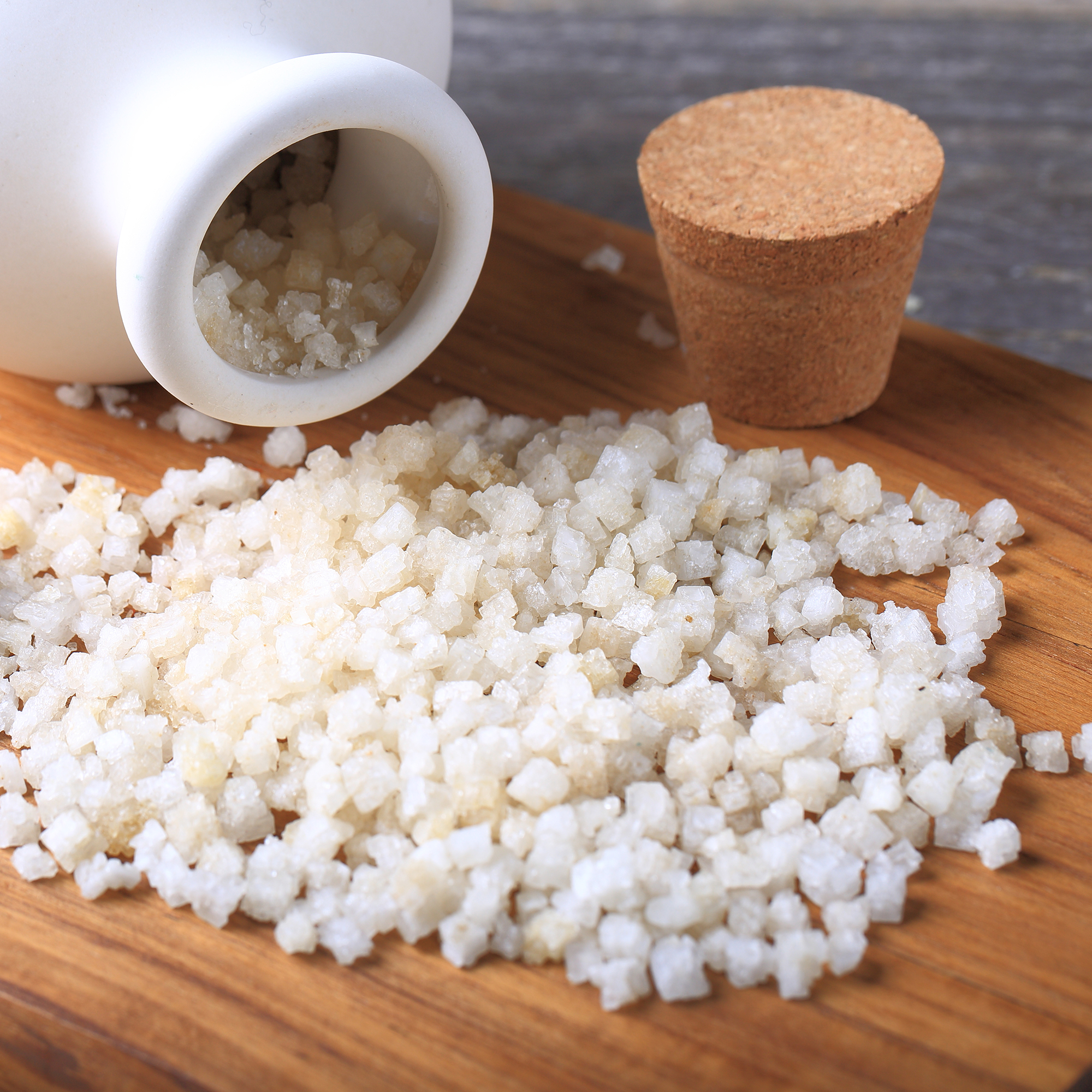

Morris Hankinson is the founder and managing director of Hopes Grove Nurseries Ltd, the UK’s only specialist grower-retailer of hedging plants. He established the thriving business in 1992, shortly after graduating with a Commercial Horticulture Degree from Writtle College, Essex.
Plants that benefit from Epsom salt
Now we know that Epsom salt is the ultimately homemade plant booster, it’s important to know which plants benefit from Epsom salt. So, here’s the lowdown:
1. Roses
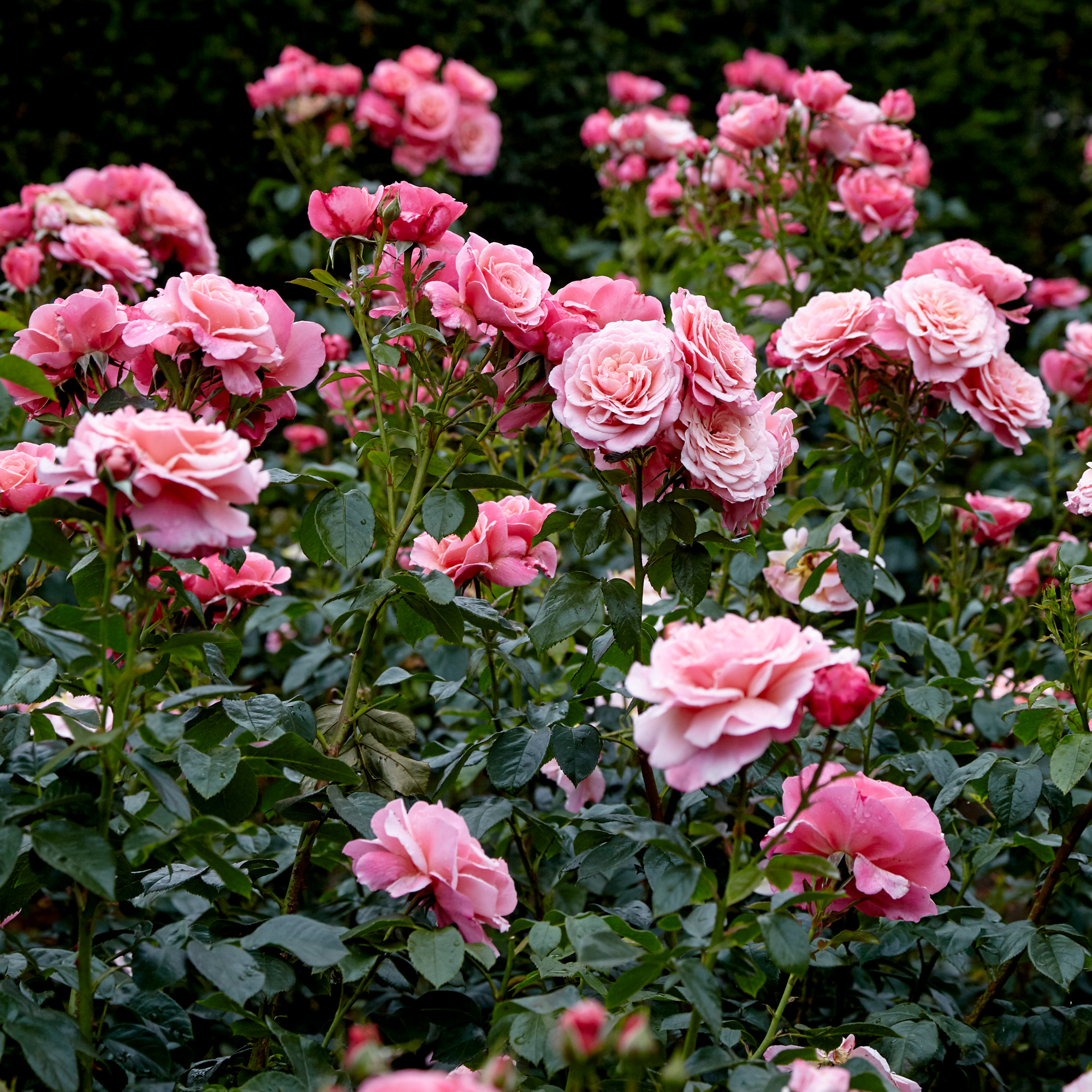
While it’s easy to buy a rose fertiliser online or from the garden centre, it’s also very easy to make your own rose fertiliser. You can use anything from banana peels to stinging nettles and even Epsom salt.
John explains, ‘Epsom salts provide magnesium, which is vital for plant photosynthesis and therefore helps roses produce much more vibrant blooms.’
And it’s not hard to apply this DIY rose fertiliser to your plants, either. John adds, ‘To use them, dissolve some Epsom salts into water. Around one teaspoon of salt to four litres of water should be enough. Then, use this solution to water your roses once a month or once every two months.’

John Clifford is a director of Gardenstone, a leading garden landscaping retailer based in the UK. With over 30 years in the gardening industry and continual work alongside The National Trust, John has amassed an extensive range of gardening and planting knowledge. Alongside his younger son, John has built a strong reputation for Gardenstone as a trusted source for both high-quality garden products and expert gardening advice.
2. Shrubs
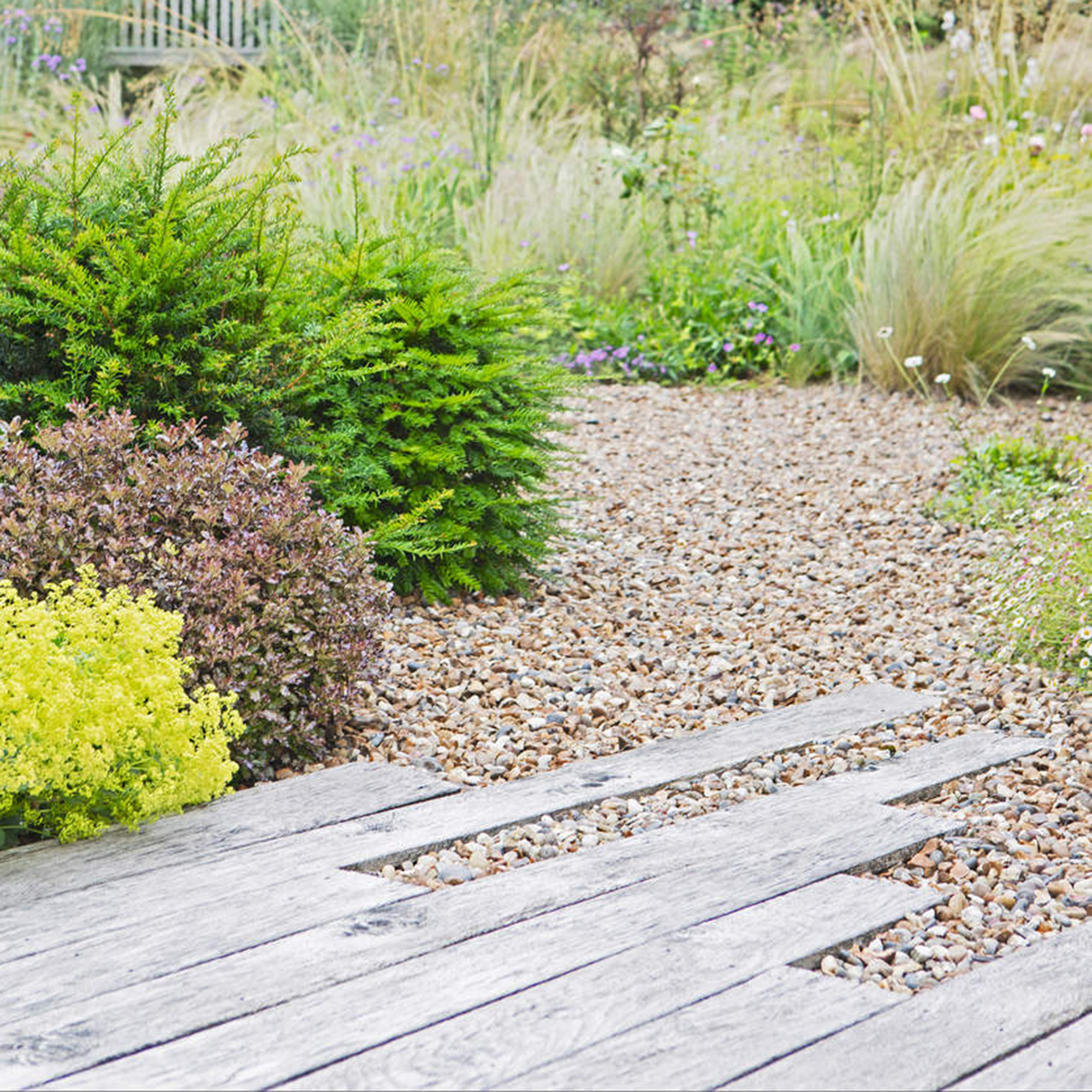
From winter-flowering shrubs to summer bloomers, shrubs are perfect for filling out garden borders. But if you want to give them a little boost, Epsom salts can help.
By watering your shrubs with Epsom salt and water every two to four weeks during the growing season, you should be able to encourage bigger blooms and healthier growth.
In fact, hydrangeas particularly love the extra nutrients from Epsom salts. By adding this step into your hydrangea care, you’ll help the plant absorb more nutrients which will prevent yellowing and even prolong the flowering period.
3. Tomatoes
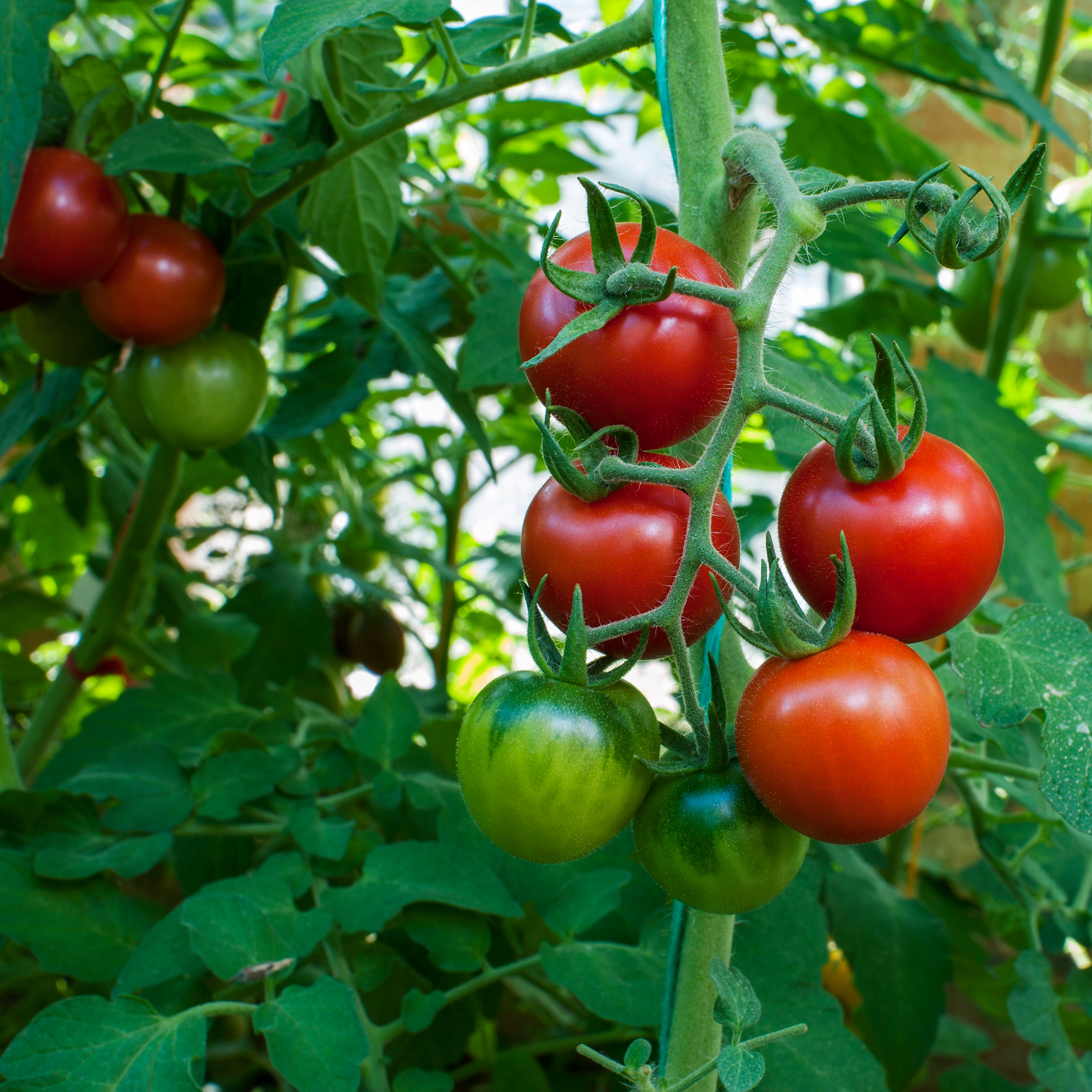
Whether you’re growing tomatoes in pots, growing tomatoes in hanging baskets, or growing them the old-fashioned way in a raised garden bed, you’ll probably know that tomatoes require regular feeding to fruit.
Just like roses, you can also make your own DIY tomato fertiliser - and Epsom salts are a great way to feed your tomatoes if they’re deficient in magnesium. John says, ‘Once the plants are established, apply 1 tablespoon of Epsom salts diluted in water to the soil every two weeks.’
However, it’s important to note that you should only use Epsom salts on your tomatoes if you’ve tested the soil and know the plant to be deficient in magnesium. If not, you may be doing more harm than good and could negatively impact your tomato crop as a result.
4. Houseplants
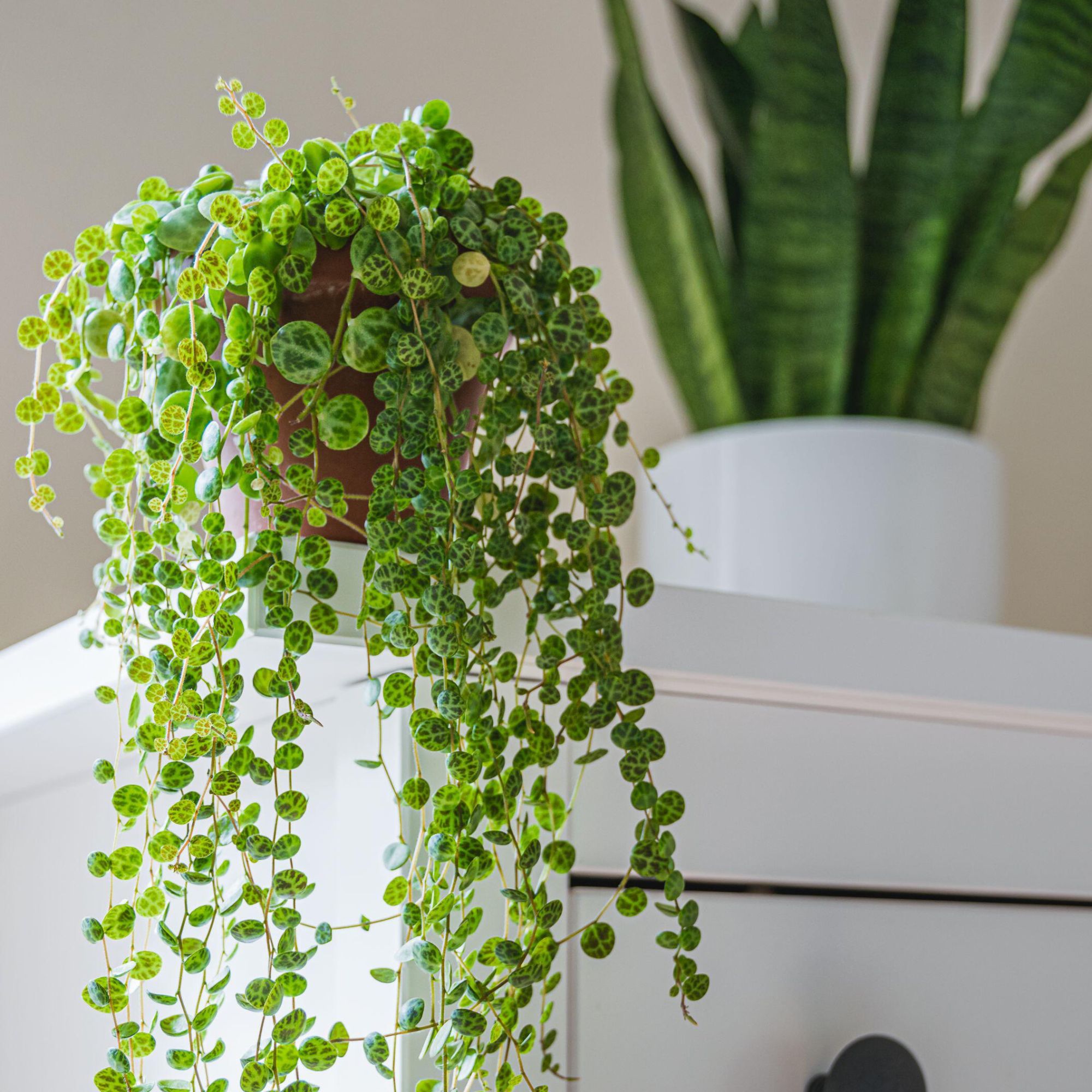
If you want to stop houseplant leaves from turning brown, Epsom salts can help. After all, one of the main reasons houseplants turn brown is because they are deficient in nutrients - and Epsom salts can offer that boost of magnesium they may need to thrive.
Simply add a small amount of Epsom salt to your watering can and water your houseplants with this solution now and then. Just make sure that you don’t overdo it, as too much magnesium can be detrimental to their health.
5. Fruits and vegetables
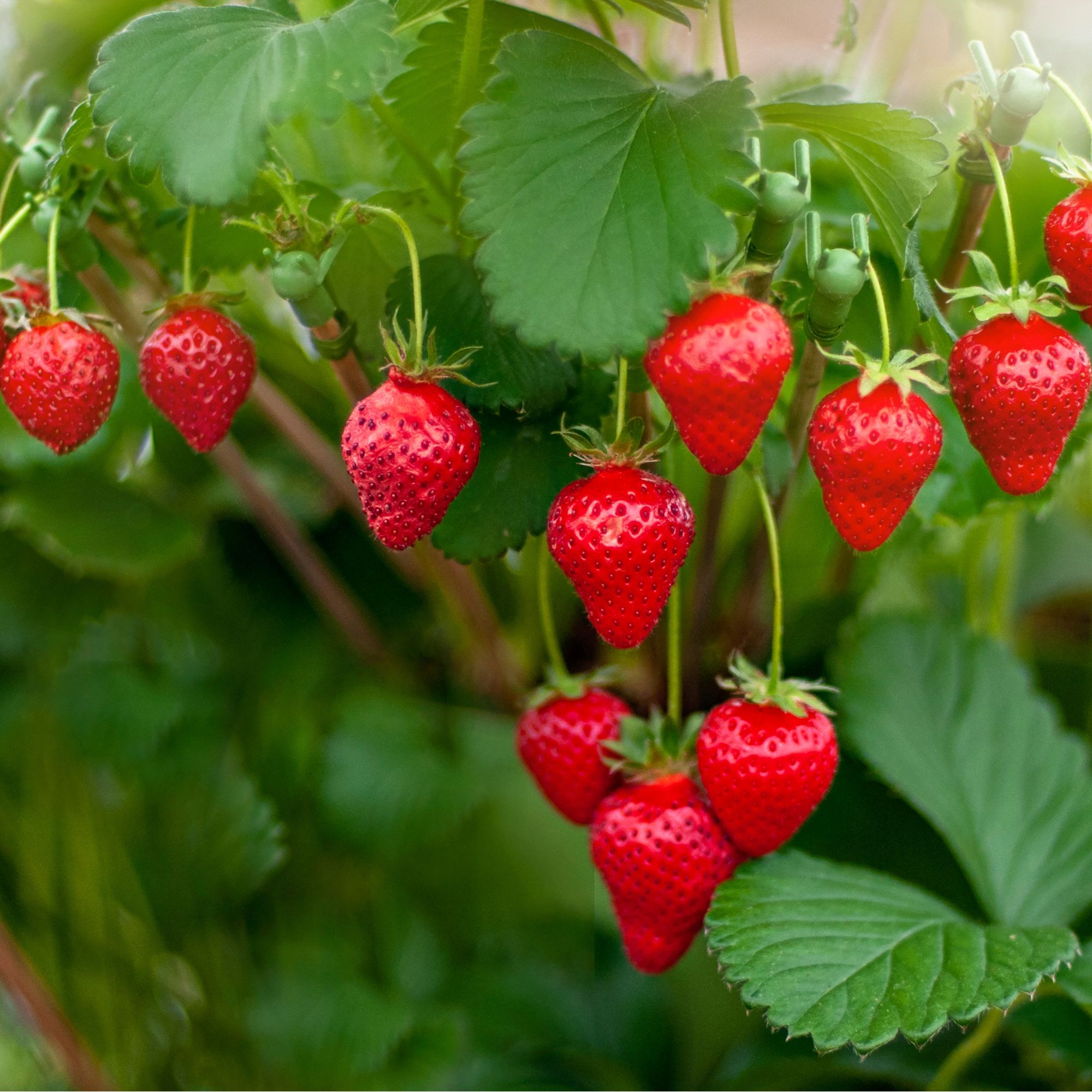
If you’re one of the many gardeners who have joined the GYO revolution, you’ll know just how rewarding growing your own fruits and vegetables can be. But, equally, there’s nothing more annoying than harvesting small, unappetising crops.
By using Epsom salt on your fruits and vegetables, you can give them the boost of magnesium they need to grow big, healthy produce. Simply water with an Epsom salt and water mixture every two weeks during the growing season and watch as the magic happens. The same applies if you have fruit trees, too.
6. Lawns
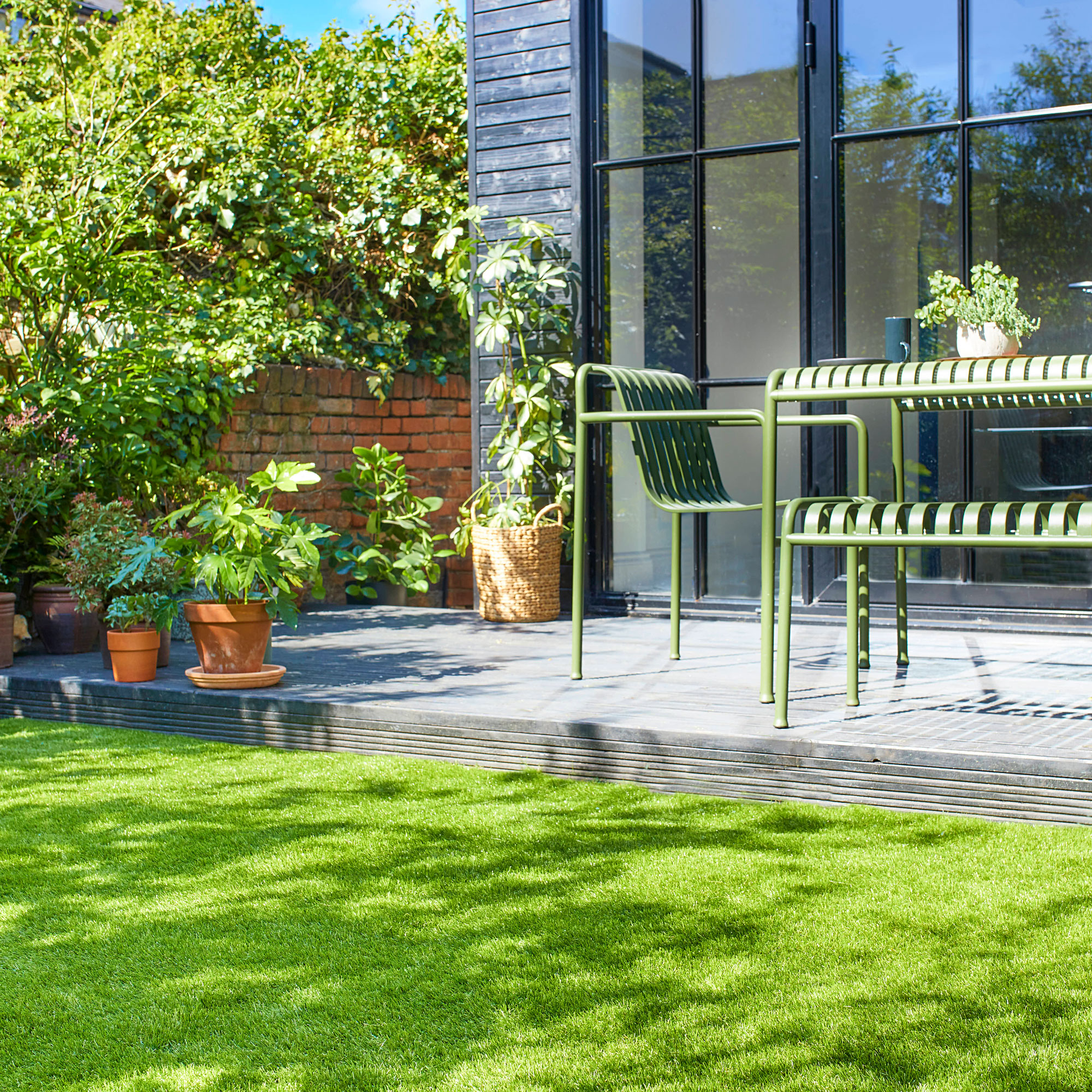
Did you know that Epsom salt can also help you with your lawn care? Yes, as you may already know, one of the best lawn care tips is fertilising your lawn and providing it with all of the nutrients it needs. This is what keeps it green and luscious.
By using Epsom salt as a natural alternative to fertiliser, you can help your lawn to absorb nutrients and bump up the magnesium levels - which aids photosynthesis, improves colour, improves root growth, and helps to build tolerance to stress.
Epsom salt might not always be necessary, though, so it’s best to test your lawn for a magnesium deficiency before giving this a go. You must also remember to choose the right time to fertilise your lawn, so you don’t do more harm than good.
Plants that do not like Epsom salt
Although many plants love the nutrient boost that Epsom salt gives them, there are many other plants that will flounder with this extra jolt of magnesium. This is either because they prefer acidic soil or they prefer drier conditions. So, avoid using Epsom salt on the following plants:
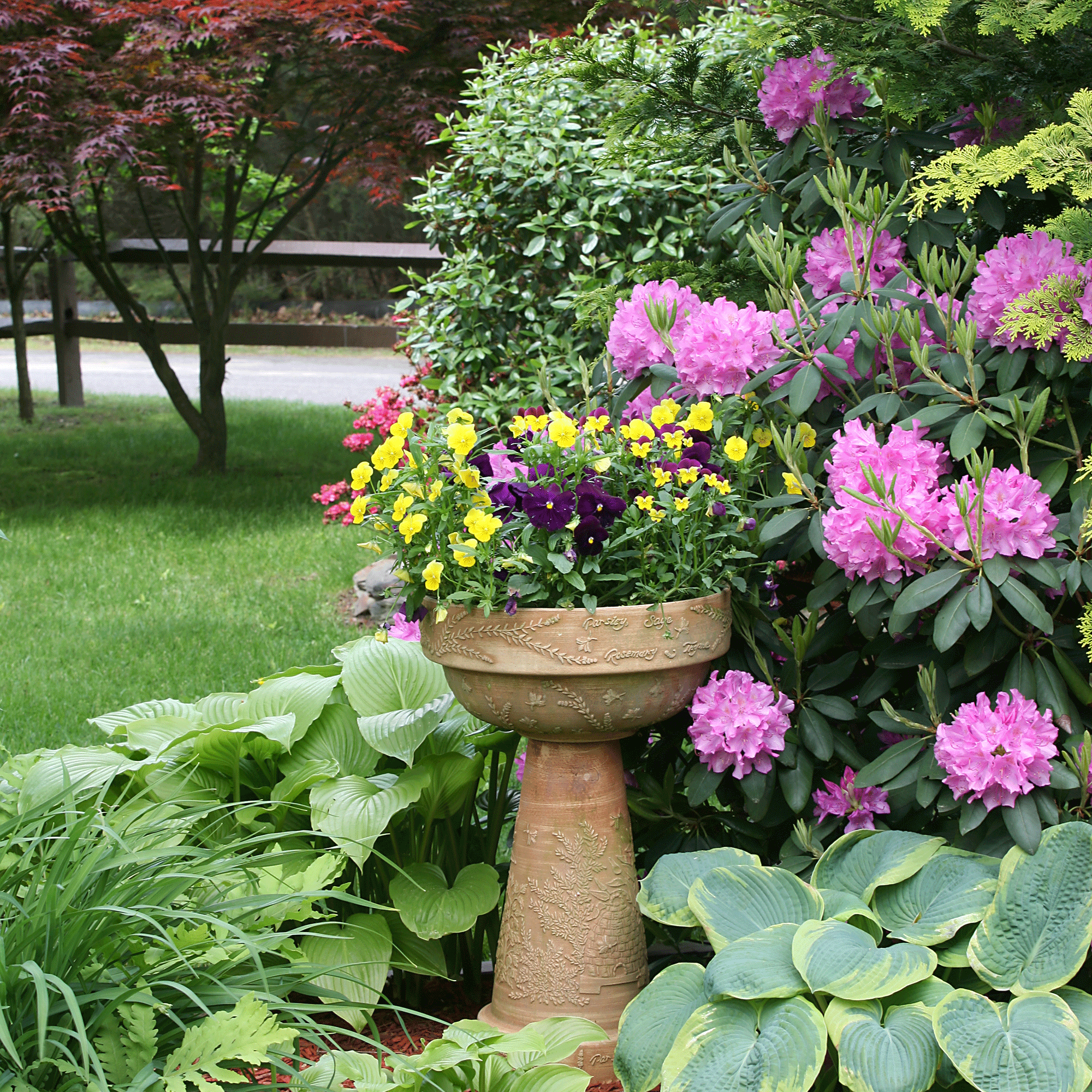
- Blueberries.
- Rhododendrons.
- Azaleas.
- Tropical plants.
- Leafy vegetables.
- Beans.
- Conifers.
- Carnivorous plants.
Where to buy Epsom salt for plants
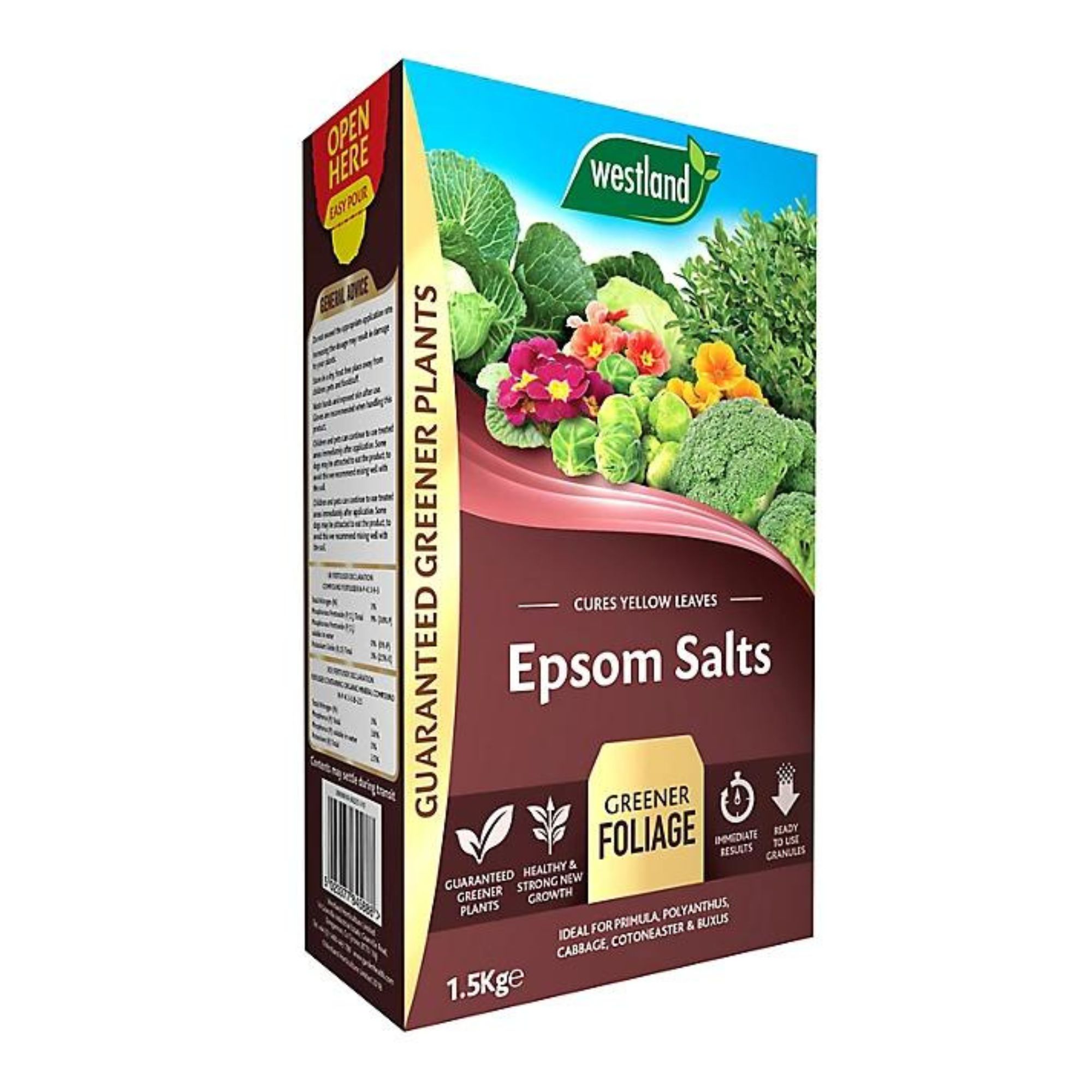
If you want to cover a larger area - for example, use Epsom salt on your lawn - this 1.5kg box promises to cover an area of 85m². The granules are ready to be used on their own, or dissolved in water.
FAQs
Can I sprinkle Epsom salt around plants?
You can simply sprinkle Epsom salt around plants, and this may provide them with a small amount of magnesium to improve photosynthesis and boost growth. However, experts agree that this isn’t the most effective way to use Epsom salt for plants.
Instead, it’s better to dissolve the Epsom salt in water before watering the base of your plants with this solution. Try to avoid watering directly onto the leaves, as this could result in scorching.
Can too much Epsom salt hurt plants?
Although Epsom salt can be beneficial for plants that have nutrient deficiencies, too much Epsom salt can indeed hurt your plants. In fact, too much magnesium can actually disrupt the natural balance of your plants and even restrict your plant’s ability to absorb calcium.
Not only this, but too much Epsom salt can dehydrate the plant, leading to yellowing, scorching, and poor plant health.
So, it’s important to only use a small amount of Epsom salt when dissolving in water or sprinkling into the soil.
So, there you have it! That’s how you can use Epsom salt for plants.

Lauren Bradbury has been the Content Editor for the House Manual section since January 2025 but worked with the team as a freelancer for a year and a half before that. She graduated with a Bachelor’s degree in English and Creative Writing from the University of Chichester in 2016. Then, she dipped her toe into the world of content writing, primarily focusing on home content. After years of agency work, she decided to take the plunge and become a full-time freelancer for online publications, including Real Homes and Ideal Home, before taking on this permanent role. Now, she spends her days searching for the best decluttering and cleaning hacks and creating handy how-to guides for homeowners and renters alike, as well as testing vacuums as part of her role as the Ideal Home Certified Expert in Training on Vacuums, having spent over 110 hours testing different vacuum models to date!
-
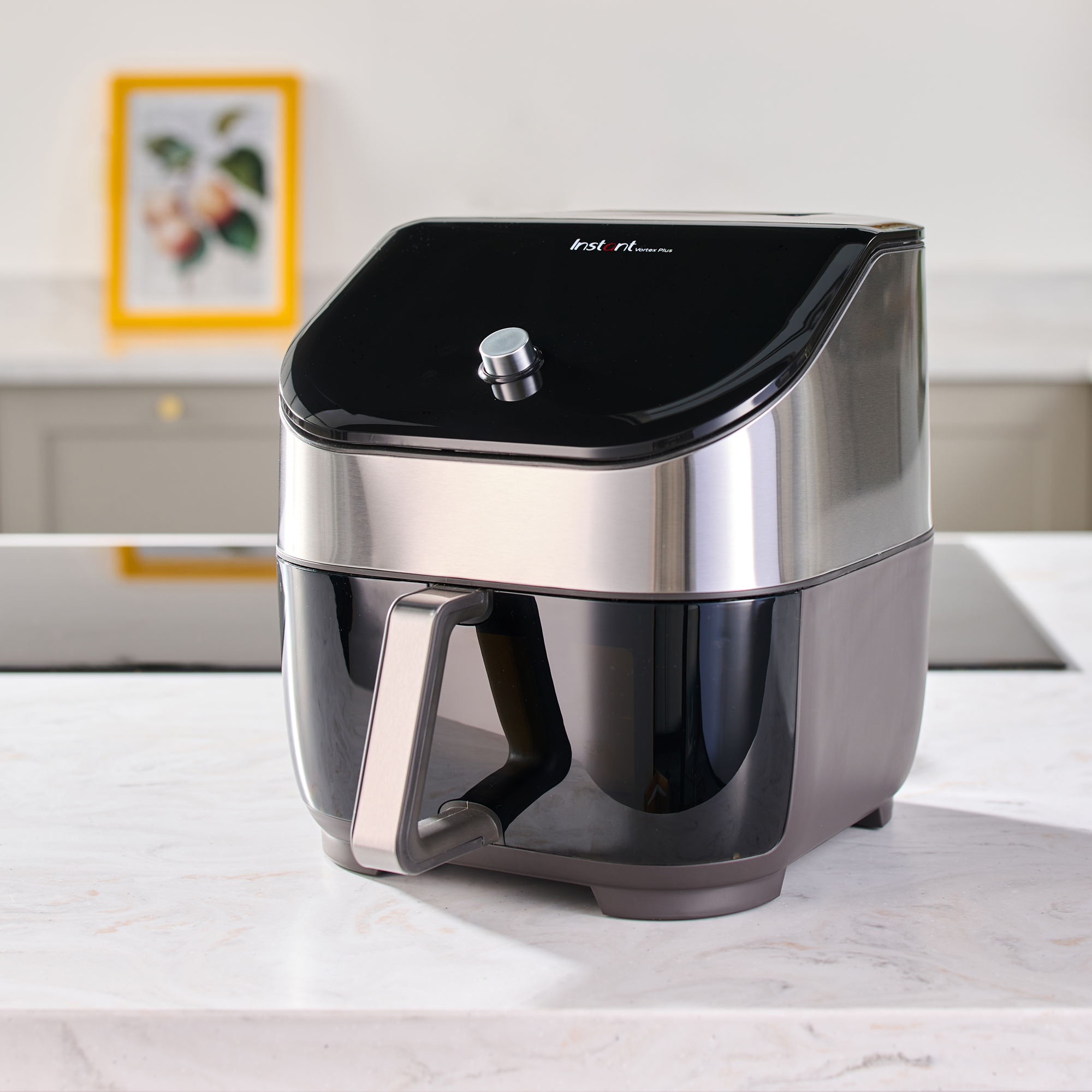 Should an air fryer be on display in a kitchen or hidden away? This is why I always keep my small appliances on the worktop
Should an air fryer be on display in a kitchen or hidden away? This is why I always keep my small appliances on the worktopAre you on team display or neatly hidden away? Share your opinion in the comments
By Rebecca Knight
-
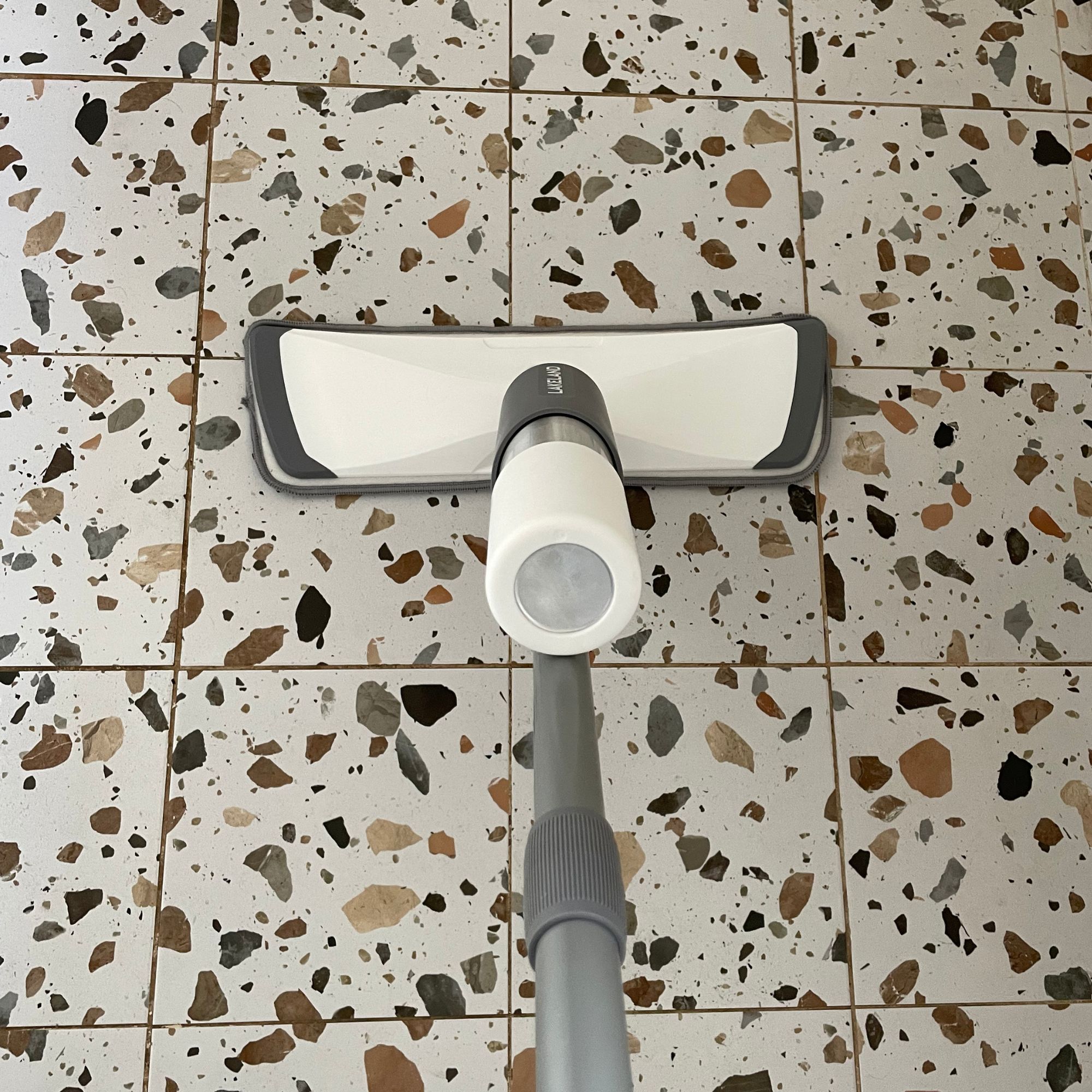 Experts warn that these 5 mopping mistakes are making your floors dirtier — and damaging your floors in the process
Experts warn that these 5 mopping mistakes are making your floors dirtier — and damaging your floors in the processThis is how to keep them clean and avoid costly damage
By Lauren Bradbury
-
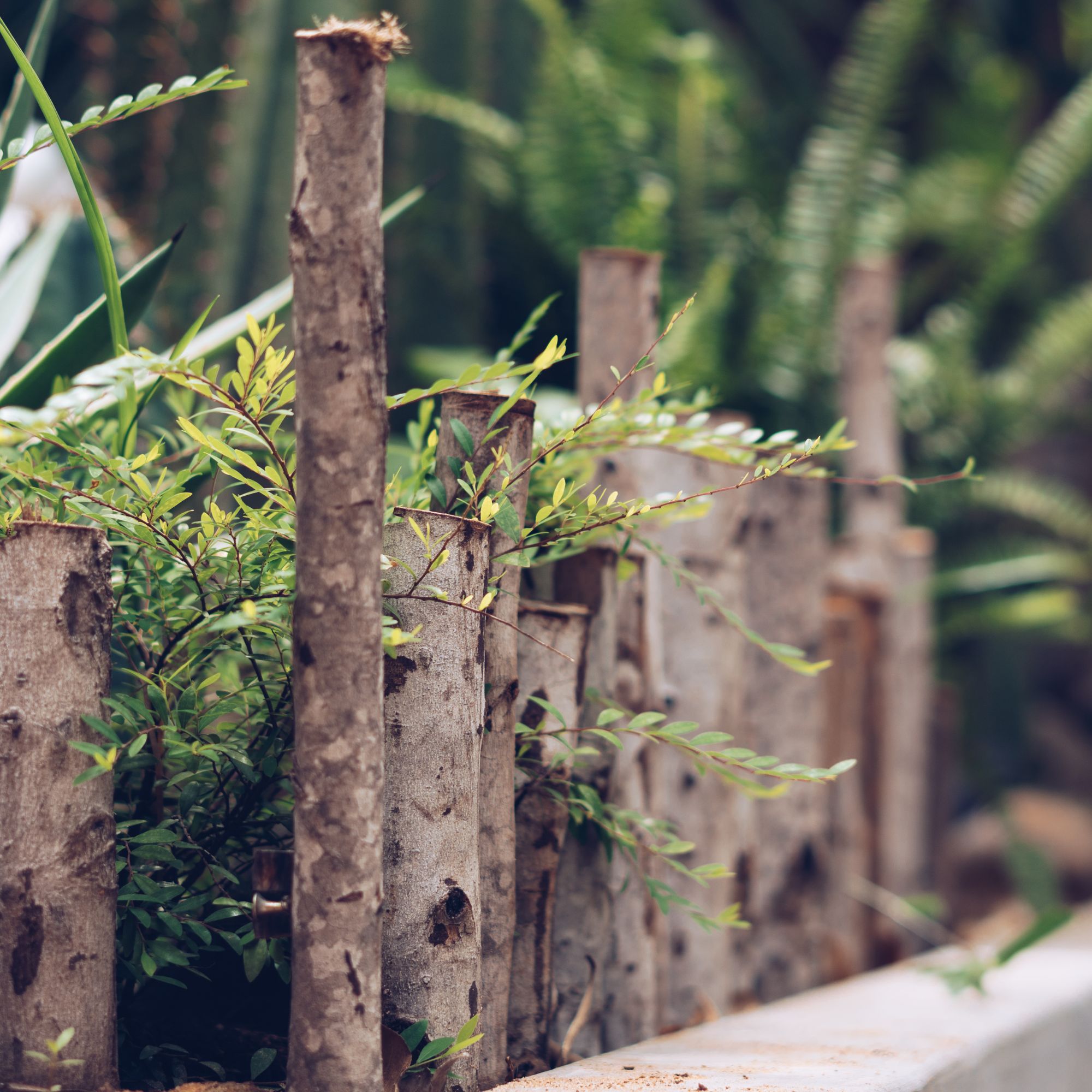 Move over, fences – dead hedges are the wild and wonderful alternative your garden will love and they're easier to build than you'd think
Move over, fences – dead hedges are the wild and wonderful alternative your garden will love and they're easier to build than you'd thinkThe perfect eco-friendly solution for small gardens
By Kayleigh Dray
-
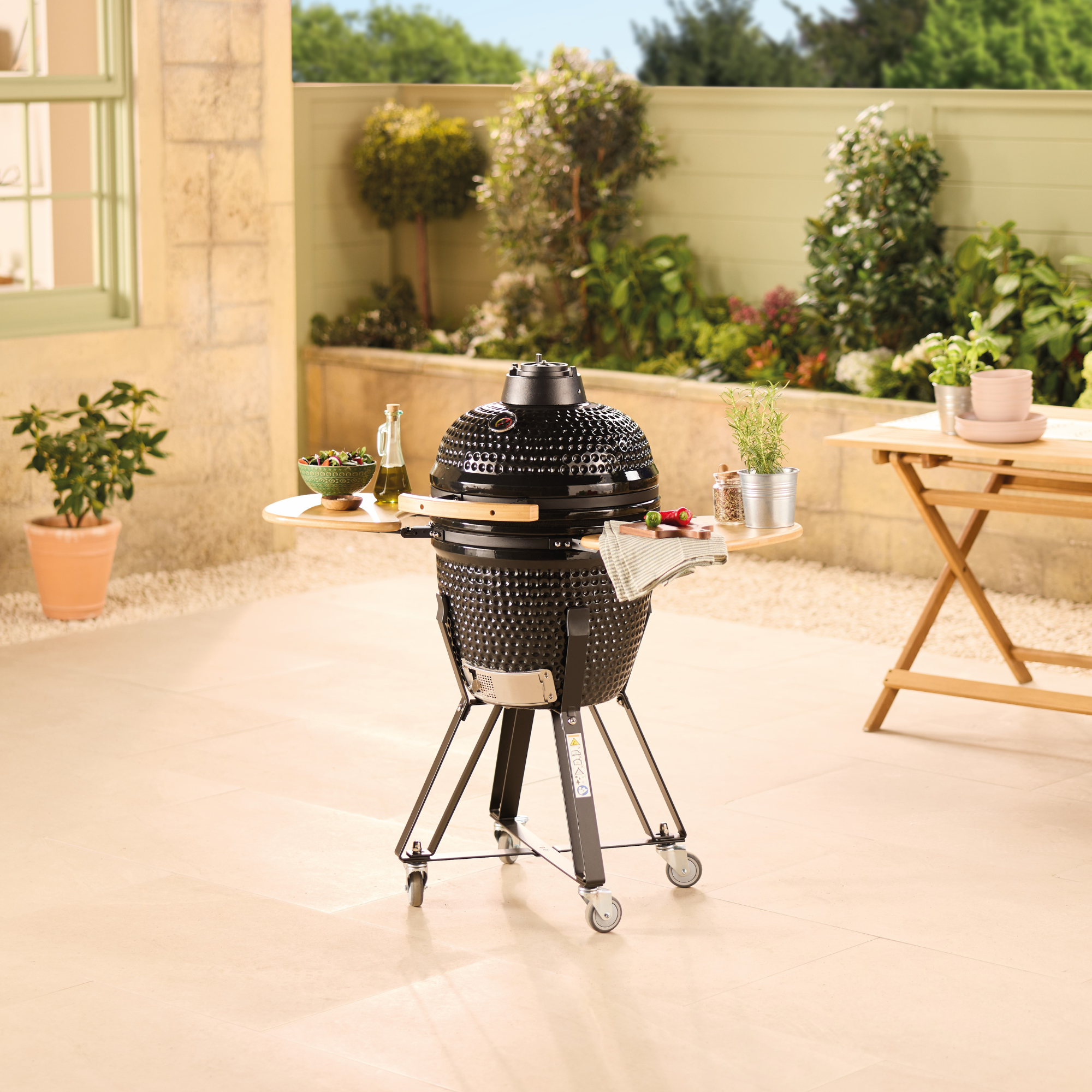 Aldi’s cult Kamado BBQ is returning to stores and it's £100 cheaper than last time
Aldi’s cult Kamado BBQ is returning to stores and it's £100 cheaper than last timeThis budget BBQ is only a fraction of the price of this celebrity favourite
By Kezia Reynolds
-
 Shoppers can’t get enough of The Range’s lemon tree, but I’ve found an even cheaper bestseller at B&Q - it’s perfect for a Mediterranean look
Shoppers can’t get enough of The Range’s lemon tree, but I’ve found an even cheaper bestseller at B&Q - it’s perfect for a Mediterranean lookWelcome the summer with this glorious fruit tree
By Kezia Reynolds
-
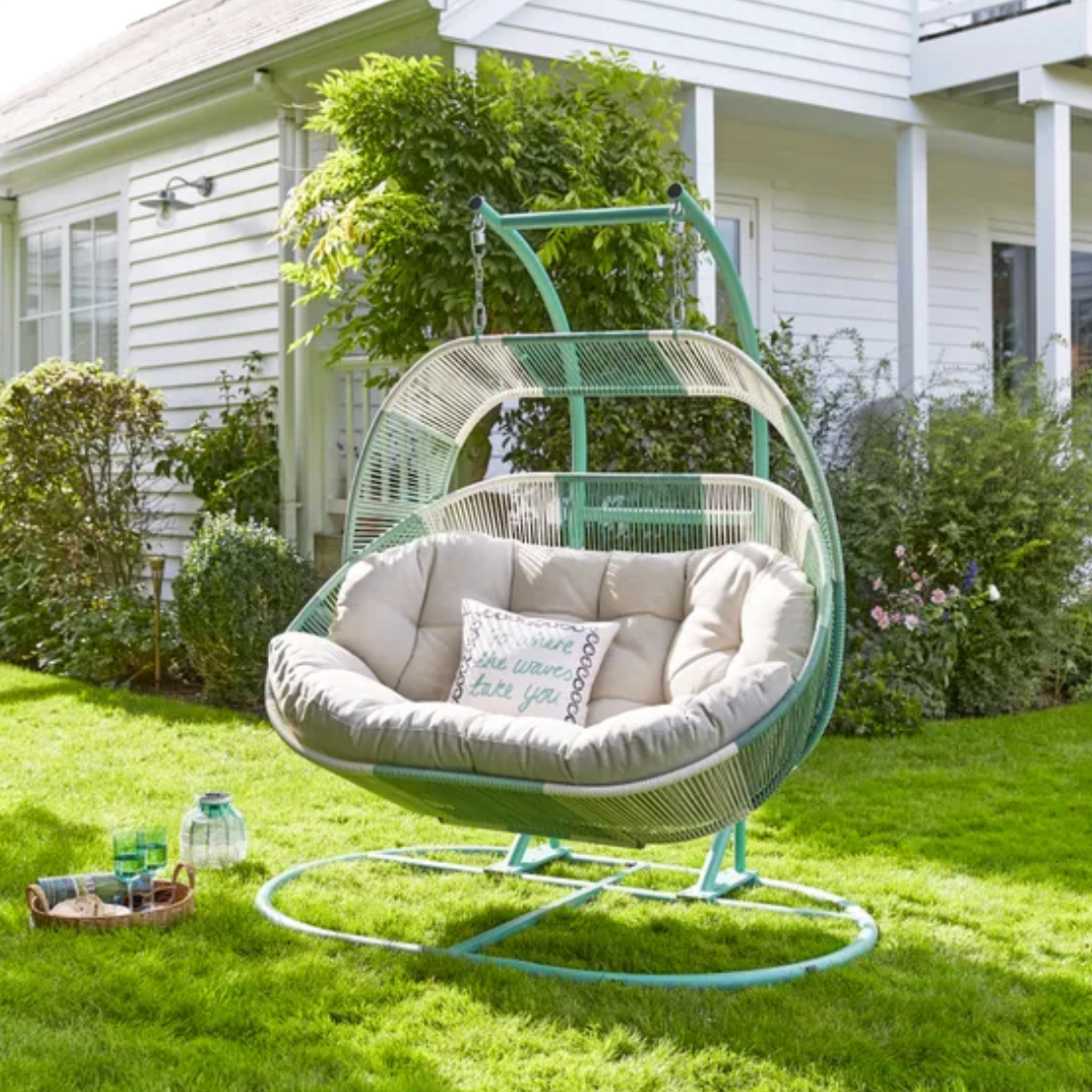 I'm a stylist with an eye for expensive-looking high street finds – these 6 garden furniture pieces at Dunelm are on my radar
I'm a stylist with an eye for expensive-looking high street finds – these 6 garden furniture pieces at Dunelm are on my radarThese pieces all look more than their price tag
By Laurie Davidson
-
 The 6 outdoor lights from Habitat that I'm choosing between to make my outdoor space look more expensive this summer
The 6 outdoor lights from Habitat that I'm choosing between to make my outdoor space look more expensive this summerI couldn’t believe some of the prices
By Ellis Cochrane
-
 Aldi is launching a £200 day bed with four different features - its sleek design is suited to the whole family
Aldi is launching a £200 day bed with four different features - its sleek design is suited to the whole familyYou don't want to miss out on this Specialbuy
By Kezia Reynolds
-
 I’m seeing pastel garden furniture at all my favourite brands this spring, but QVC’s sorbet collection impressed me the most
I’m seeing pastel garden furniture at all my favourite brands this spring, but QVC’s sorbet collection impressed me the mostFresh pastel shades are a great way to liven up your outdoor space
By Kezia Reynolds
-
 I spent the afternoon looking through Wayfair's garden sale – these are the 6 pieces I'm buying immediately for summer
I spent the afternoon looking through Wayfair's garden sale – these are the 6 pieces I'm buying immediately for summerThese are my must-have garden buys from the sale
By Holly Reaney
-
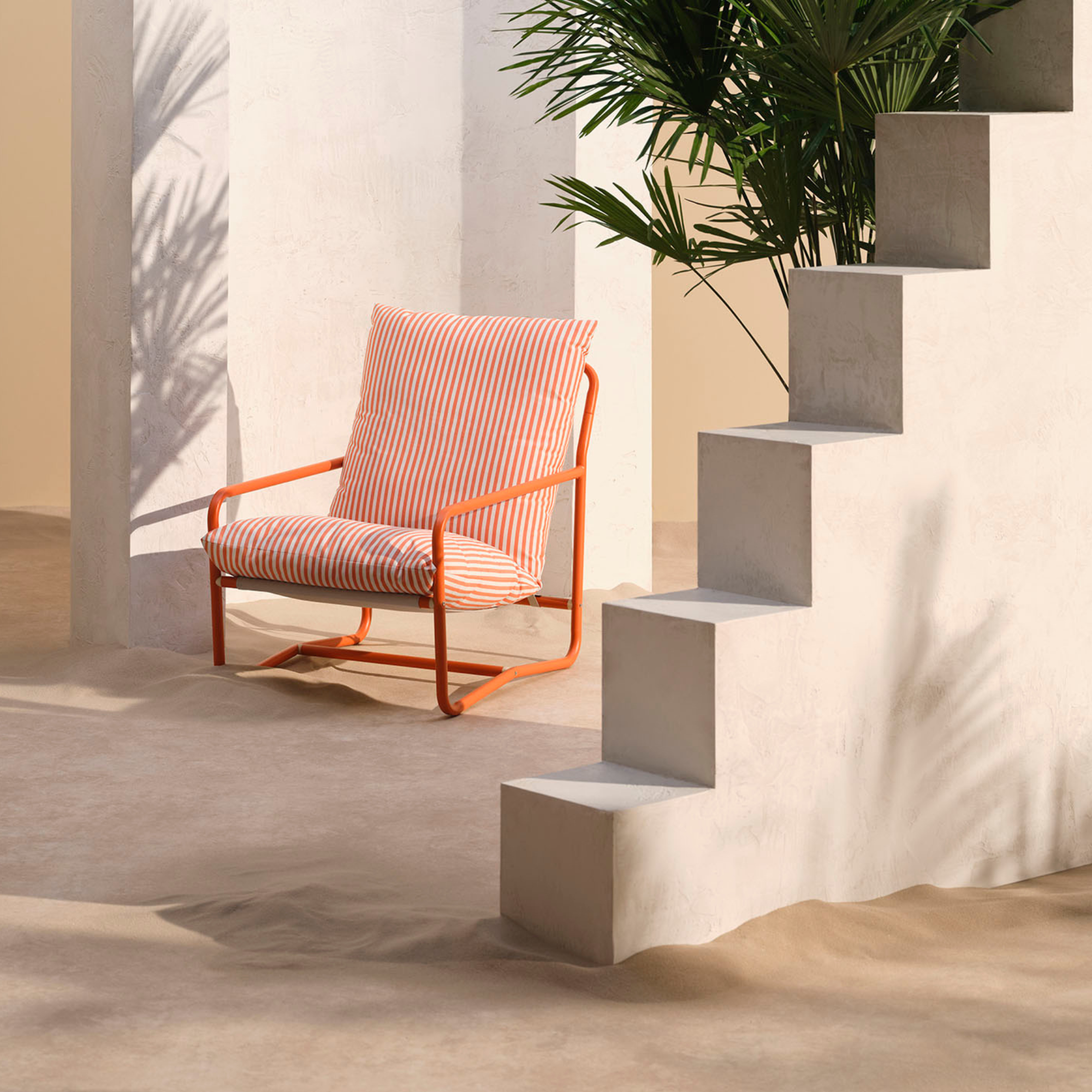 I’ve found the perfect alternative to John Lewis’ sold-out striped garden chair – and you won’t believe where it's from
I’ve found the perfect alternative to John Lewis’ sold-out striped garden chair – and you won’t believe where it's fromJohn Lewis' Sling Garden Chair is one of the most stylish pieces of garden furniture I'd seen – until I tracked down this QVC lounge chair...
By Kezia Reynolds
